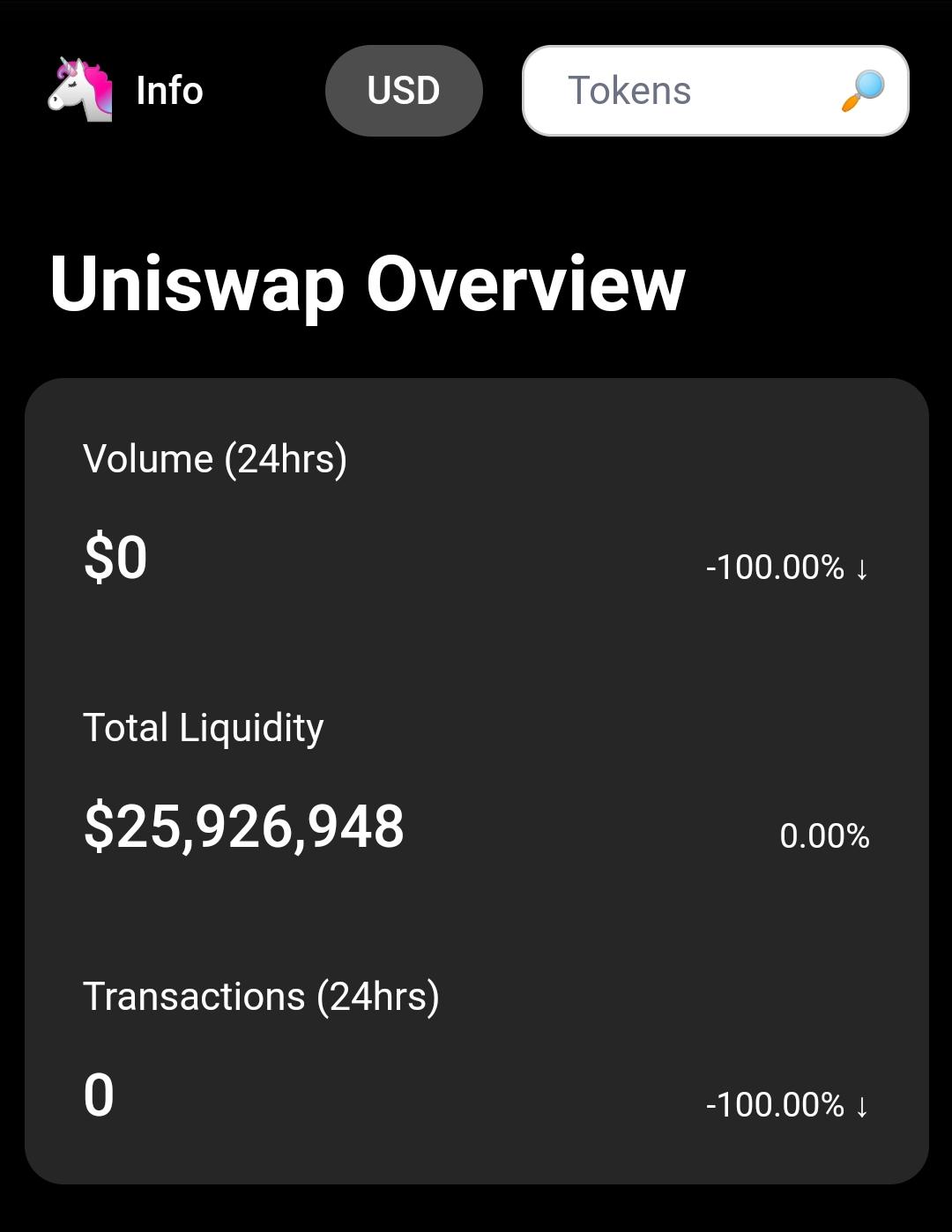Colin Platt, chief pseudoscientist at the PTK Phoundation, had 1 ETH lying around, not doing anything. So he thought he’d put it into the hot new thing in crypto — Decentralised Finance, or DeFi for short! [blog post]
“In Every Trade There Is An Idiot And If You Don’t Know Who It Is, It Is You.” This of course being crypto, where everyone is pseudonymous, and no one knows who anyone is, I figured that those rules didn’t apply.
You either hold, and miss fast movements in the market — or you trade, and fritter it all away in transaction fees and the 2% buy-ask spread.
Colin’s next blog update will be around 15 January. He says he’s up $1.80 so far! … because Ethereum went up a bit.
How DeFi really works
DeFi is being widely touted as that rarest of beasts: an actual use case for crypto.
The term seems to have been made up some time in 2018 by the people behind MakerDAO, an algorithmic stablecoin — one that uses fancy automated trading to maintain a pegged value. And just a tiny bit of direct manipulation by the largest holders. [Cryptoslate]
You lend cryptos to people, on a peer-to-peer basis — that’s the “decentralised” bit — at absurdly high interest rates, through complicated smart contracts. The DeFi providers add new and ever-more-elaborate financial instruments all the time.
Don’t worry if you don’t understand it — just put your money in, okay. Get rich for free, nearly!
As I write this, there’s about 3 million ETH locked in various DeFi systems — presumably on the basis that DeFi might get more return on large Ethereum holdings than exchange trading does. [DeFi Pulse]
The Financial Times even touted DeFi to ordinary non-crypto investors as something offering 10% returns — a spectacular figure in these low-return times, even at high risk. [FT, paywalled]
This is the diagram the FT uses to explain DeFi. I don’t know about you, but my very first thought was, “this whole thing is a launderette for money.”
The FT calls DeFi “projects aiming to disintermediate traditional financial institutions” — but its actual purpose is lending to crypto margin traders, so they can gamble on prices going up or down.
That is — DeFi’s only use case is squeezing the remaining dollars from the usual suckers. Who then discover that obvious arbitrage opportunities in crypto are usually structural, and get bled dry by fees.
DeFi is marketed and publicised as being about juicy interest rates — but it’s really about offering traders ever more complicated derivatives, so the suckers think there’s a chance they could win this time.
Some markets see less action than others.
Academic-washing your publicity
DeFi is applying one marketing strategy long used in crypto — academic-washing, where you pay to produce peer-reviewed papers about your project. [FT, free with login] One of the creators of MakerDAO just donated 3,200 MKR coins — notionally $1.4 million — to Carnegie Mellon University, with another 6,800 MKR to come over the next few years. This is to fund research into areas of interest to MakerDAO. [Modern Consensus; blog post.]
It’s not clear as yet how CMU handles self-interested white elephant donations of thinly traded commodities — rather than of actual money that the student researchers, who it’s meant to fund, can use to live off.
(By the way, that Modern Consensus piece is Amy Castor‘s first work at her new job — as senior editor at MC. All hail!)
Dollars from a stone
I’ve long modeled the crypto trading world as a very complicated Heath-Robinson (UK) or Rube Goldberg (US) machine for funneling actual dollars from retail suckers to about twenty guys — where the only difference is how elaborate the street-corner shell game is. In the case of DeFi, instead of three shells and one pea, you have thousands of shells and fractions of a pea — but the game is the same.
The crypto trading world has been living on squeezing what it can from the same suckers for a couple of years now. I wonder how long this can continue.
(At the suggestion of a patron, I’m marking my sources, so you know what the heck you’re clicking on, if it’s paywalled, etc. Does this work for you? Not too clunky? Please advise!)
Your subscriptions keep this site going. Sign up today!



I like the links! Not too clunky.
I agree. The links are great – more websites should work this way.
Adopt an icon language pls for blog/free-w-login/&c : flags for countries, &c. w/ hovertext describing the icons.
Thank you so much for these informative and hilarious posts. Google has been feeding me junk for months everytime I searched information about the crypto bubble, until today I finally ended up here.
I haven’t laughed this hard in more than 3 years.